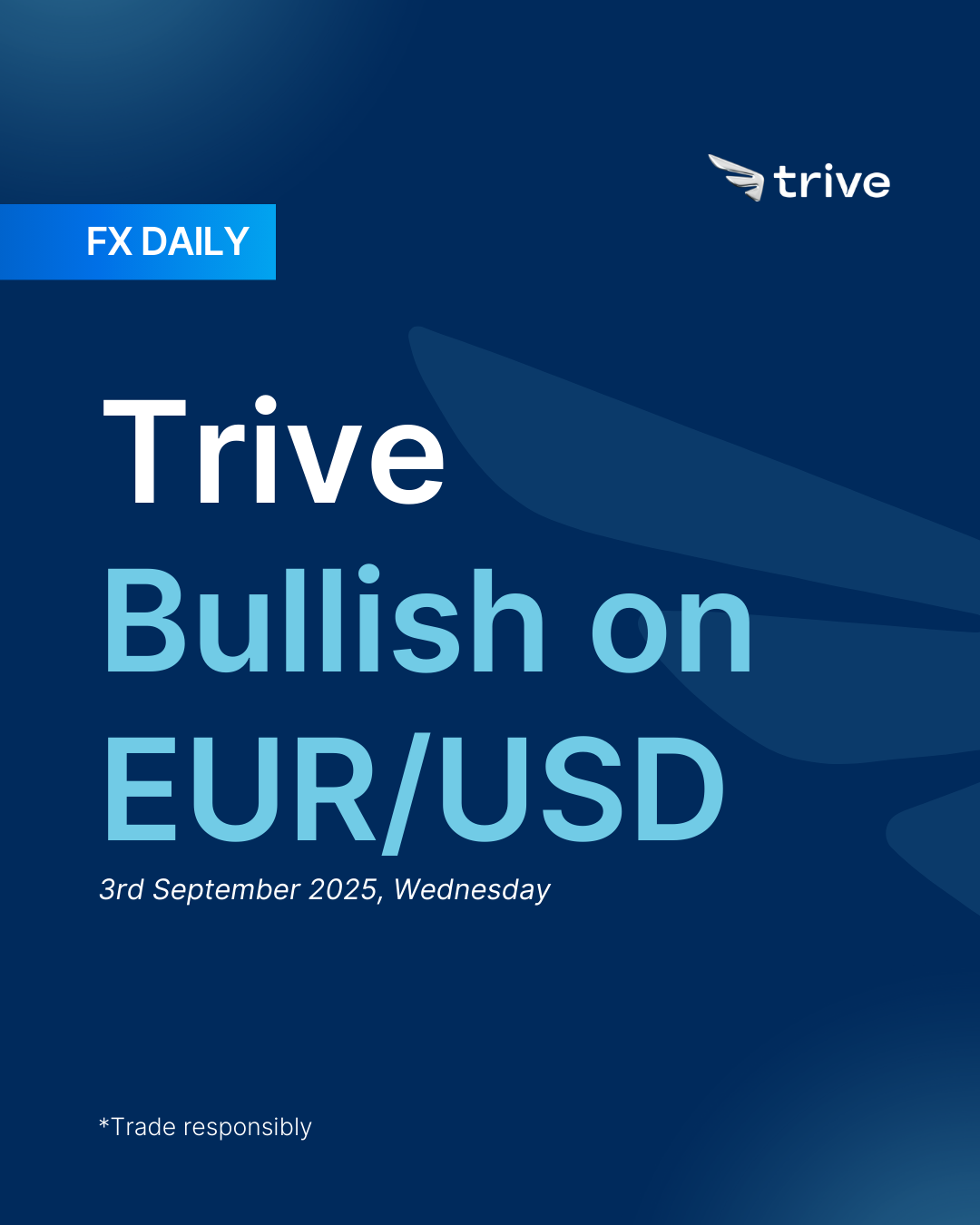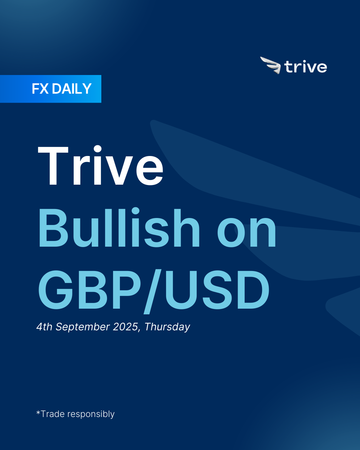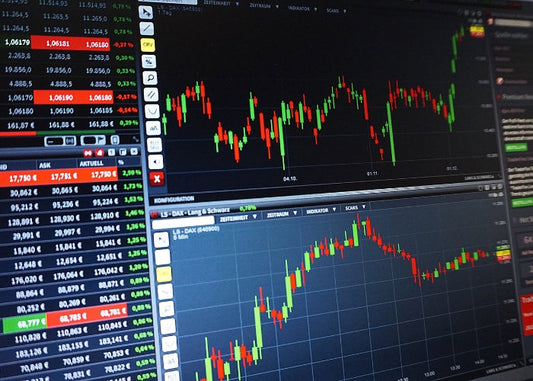FX Daily: Trive Bullish on EUR/USD

The euro stayed range-bound as French political risk and weak data weighed, with EUR/USD stuck near 1.1600–1.1700. We see these headwinds as temporary: once markets stop reacting to France headlines, focus should shift back to steady ECB policy, recovering real incomes, and a solid current account. Meanwhile, Fed credibility concerns and rising odds of US cuts point to narrowing rate spreads. We prefer buying dips, expecting EUR/USD to grind higher as euro-specific stress fades and dollar softness persists.
EUR: Still attractive
The Euro was pulled between rising domestic political risk and the volatility of the US Dollar, leaving it without a clear direction. Throughout the week, the single currency followed the swings of the DXY, but a deepening political crisis in France acted as a major obstacle, preventing it from benefiting during periods of dollar weakness. The European Central Bank’s steady hold on policy provided a supportive backdrop, but mostly soft economic data and the growing possibility of snap elections in France weighed heavily on sentiment. The widening of the German-French 10-year bond spread to multi-month highs became the market’s main measure of Eurozone-specific stress. EUR/USD traded within a 1.1600–1.1700 range and ended the week struggling to hold ground as concerns over French political stability overshadowed everything else.
The dominant European story was the escalating political crisis in France. Prime Minister Bayrou announced a confidence vote for September 8th on his controversial budget, one he is widely expected to lose. This triggered a sharp sell-off in French assets, with the 10-year OAT-Bund spread widening by over 12 basis points to approach its yearly highs near 82 basis points, signaling significant market stress. Both President Macron and Finance Minister Lombard made efforts to reassure investors, but polls showing a majority of the French public in favor of snap elections kept pressure on the Euro. In foreign policy, France, Germany, and the UK triggered the snapback mechanism to reimpose UN sanctions on Iran, starting a 30-day diplomatic process. Geopolitical tensions also rose after a Russian missile strike on Kyiv damaged the EU’s mission headquarters, prompting strong condemnation from European leaders.
Economic data added to the cautious tone. After a relatively solid German IFO survey early in the week, sentiment indicators weakened. Eurozone-wide economic, industrial, and services confidence for August all fell short of expectations. French consumer confidence disappointed, while German GfK consumer sentiment dropped further. On Friday, German retail sales for July contracted sharply by 1.5 percent month over month, pointing to weakness in the bloc’s largest economy. Inflation data was mixed and muted, offering no clear direction. Preliminary German CPI for August was slightly hotter than expected at 2.2 percent year over year, but French HICP came in weaker at 0.8 percent, while Spanish HICP was in line. Markets saw little reason to adjust ECB expectations on the back of these numbers.
The ECB’s stance remained firmly on hold. Minutes from the July meeting showed no shift, with the Governing Council emphasizing patience and highlighting that past rate cuts were still working through the economy while growth remained fragile. Several officials, including Kazaks and Rehn, confirmed a neutral stance, with no urgency to cut rates further. However, weekend reports suggested the topic could return in the autumn if the economy continues to weaken. The ECB’s Survey of Consumer Expectations at the end of the week showed inflation expectations holding steady, reinforcing the on-hold message.
In terms of market sentiment and technicals, the Euro mostly moved as a passenger to the US Dollar. It mirrored the dollar’s sell-off following the Trump-Cook news and tracked its fluctuations throughout the week. The EUR/USD pair spent much of the week pivoting around its 50-day moving average near 1.1660. It briefly moved above 1.1700 on Friday but failed to hold the level, with French political risk and large options expiries limiting any upside.
In the near term, we still see the euro lacking its own push, so we lean neutral to slightly bearish for now. France’s politics have been a clear headwind, and the data mix has not helped, which keeps price action choppy and makes breakouts hard to hold. That said, we expect this French story to fade as a driving force over time. Watch for signs that the market has started to look through it, like the French German 10 year spread narrowing, equity and credit markets in France stabilizing, euro volatility easing, and headlines out of Paris getting less traction in price. If EUR stops selling on France related news that would tell us the risk premium is being priced out.
Looking further out, we are bullish. We think the euro can build a base as Eurozone growth steadies, real incomes recover, and positioning resets. The ECB looks comfortable staying on hold and letting past moves work through the system, while the US growth edge should cool a bit as the year wears on. Europe’s current account remains solid and energy dynamics are more stable than they were, which supports the currency on dips. We do not expect French political stress to be a key driver in the long run, so that euro specific drag should fade as the path forward becomes clearer.
Tactically, we will stay patient and pick our spots. We prefer to buy pullbacks into support when the tape is washed out and to add rather than chase every uptick. If France related spreads tighten and the euro starts ignoring negative headlines while US data softens, we will lean into the bullish shift with more confidence. Reversal trades are on the table when sentiment gets stretched.
USD: Focus on NFP this week
The US Dollar was volatile in a week dominated by an unprecedented clash between the White House and the Federal Reserve, which overshadowed economic data and strengthened expectations for a September rate cut. The DXY began the week on firm ground, recovering from post-Jackson Hole lows, but the tone shifted on Tuesday when President Trump announced the firing of Fed Governor Lisa Cook. Cook’s refusal to resign and her subsequent lawsuit against the President created significant uncertainty around the Fed’s independence. The dollar sold off sharply as the market priced in a more politically influenced and therefore more dovish central bank. While some data, such as an upward revision to Q2 GDP growth, offered temporary support, the dominant theme was the erosion of the Fed’s credibility. This was reinforced by highly dovish comments from Fed Governor Waller, a leading candidate to become the next Fed Chair, who explicitly backed a September cut. The DXY ended the week near its lows around 97.70, with traders largely ignoring in-line inflation data and focusing instead on a Fed seemingly compelled to ease policy.
The week’s central story was President Trump’s attempt to remove Fed Governor Lisa Cook from the board, citing alleged false mortgage statements. Cook immediately challenged the move as unlawful, refused to resign, and filed a lawsuit against the President. This legal battle has created uncertainty around her FOMC voting rights and is viewed by markets as a direct attack on central bank independence. Reports also emerged that the Trump administration is already considering replacements, including Stephen Miran and David Malpass, and is exploring ways to increase its influence over the Fed’s twelve regional banks.
Meanwhile, Fed Governor Waller gave remarks on Thursday night that added weight to the dovish case. He stated his support for a 25 basis point cut at the September meeting and said he expects additional cuts over the next three to six months, estimating that the current policy rate is 1.25 to 1.50 percent above neutral. As a result, Fed Funds futures pricing for a September rate cut solidified at around a 90 percent probability, with about 55 basis points of total easing expected by the end of the year.
On the economic front, the July PCE report, the Fed’s preferred inflation measure, came in as expected. Headline inflation held steady at 2.6 percent year over year, while core inflation ticked up to 2.9 percent from 2.8 percent. The “supercore” measure, which excludes housing from services, rose 0.4 percent month over month for the third consecutive month, pointing to persistent underlying price pressures. The second estimate of Q2 GDP was revised up to a strong 3.3 percent from 3.0 percent, with corporate profits also revised sharply higher. However, the dollar failed to gain momentum from the release. Activity data was weaker, as the August Chicago PMI dropped to 41.5, the lowest since the pandemic, signaling a sharp contraction in regional business activity. The July Advanced Goods Trade Balance widened significantly to -$103.6 billion as imports surged, creating downside risks for Q3 GDP. The labor market, however, remained resilient, with initial jobless claims holding steady at 229,000.
On the trade and geopolitical side, the administration doubled tariffs on most Indian imports to 50 percent, citing India’s continued purchases of Russian oil. President Trump also threatened substantial additional tariffs on countries imposing digital services taxes on US technology firms. The administration permanently eliminated the longstanding de minimis rule that allowed packages valued under $800 to enter the US duty-free, a move that tightens trade policy for small-parcel e-commerce imports from all countries. Meanwhile, China’s Ministry of Commerce confirmed that a trade negotiator would visit Washington, although these meetings are considered deputy-level and not part of formal negotiations.
Market sentiment was dominated by concerns about Fed independence, overshadowing the economic data. The dollar weakened while the Treasury yield curve steepened, with short-term yields falling on expectations of imminent rate cuts, while long-term yields remained firm on concerns that a politically compromised Fed would tolerate higher inflation. Toward the end of the week, some of the choppy price action was also attributed to month-end rebalancing flows, with models pointing to mild US dollar selling.
Near term, we stay weak bearish on the dollar. The attempted removal of Governor Lisa Cook and her lawsuit have raised the perceived risk to Fed independence, reinforcing expectations for policy easing and making haven pops feel shorter-lived. Governor Waller then openly backed a September cut and signaled more over the next 3–6 months, which keeps front-end yields heavy and rallies prone to fade. In data, July PCE was broadly in line while the Chicago PMI slumped, and the goods trade gap widened, none of which challenges the easing narrative. We’d sell strength unless incoming labor, inflation or PMI’s materially lower September cut odds.
Longer term, we still see a gradual USD softening as U.S. rate differentials compress and “U.S. exceptionalism” cools. Trade policy shifts add a wrinkle, ending the de minimis exemption and steep new tariffs on India are inflationary at the margin but growth-negative. Taken together, markets are reading them as front-end dovish and curve-steepening, which fits a “sell the rallies” USD regime unless inflation proves stickier than we expect. We’ll stay tactically flexible, but structurally biased to a weaker dollar while headline risk around Fed governance and trade keeps volatility high.
 EUR/USD 4H
EUR/USD 4H
Disclaimer
This material is provided for informational purposes only and does not constitute financial, investment, or other advice. The opinions expressed in this material are those of the author and do not necessarily reflect the views of Trive International. No opinion contained in this material constitutes a recommendation by Trive International or its author regarding any particular investment, transaction, or investment strategy. This material should not be relied upon in making any investment decision.
The information provided does not consider the individual investment objectives, financial situation, or needs of any specific investor. Investors should seek independent financial advice tailored to their individual circumstances before making any investment decisions. Trive International shall not be liable for any loss, damage, or injury arising directly or indirectly from the use of this information or from any action or decision taken as a result of using this material.
Trive International may or may not have a financial interest in the companies or securities mentioned. The value of investments may fluctuate, and investors may not get back the amount they originally invested. Past performance is not indicative of future results.
For more information about Trive International, please visit http://trive.com/int
Additional Information
Investing involves risk, including the potential loss of principal. Diversification and asset allocation strategies do not ensure a profit or guarantee against loss. The content in this material is subject to change without notice and may become outdated or inaccurate over time. Trive International does not undertake any obligation to update the information in this material.
By accessing this material, you acknowledge and agree to the terms of this disclaimer. If you do not agree with these terms, please refrain from using this information.
No comments
Home
Trive
TriveHub





0 comments